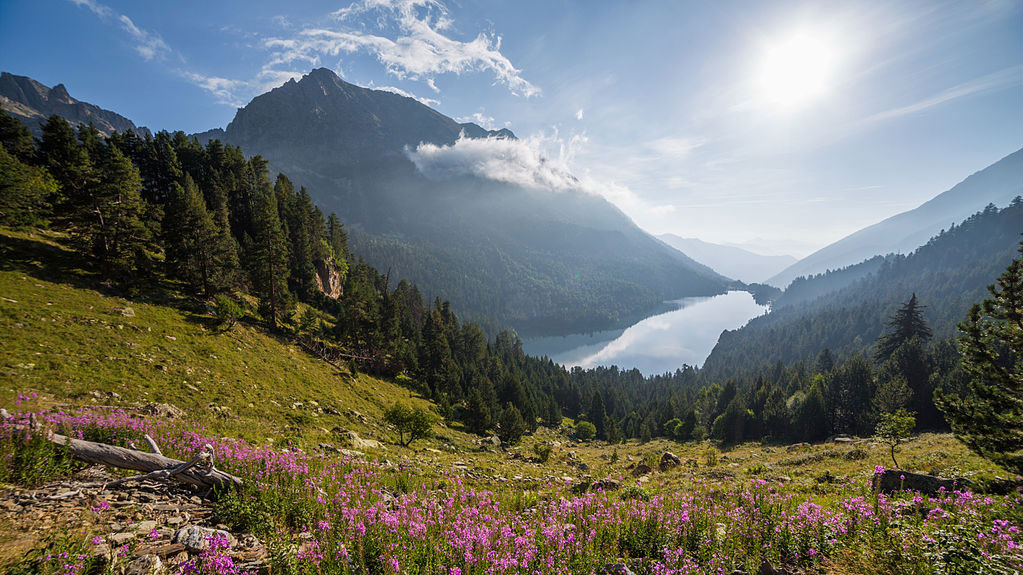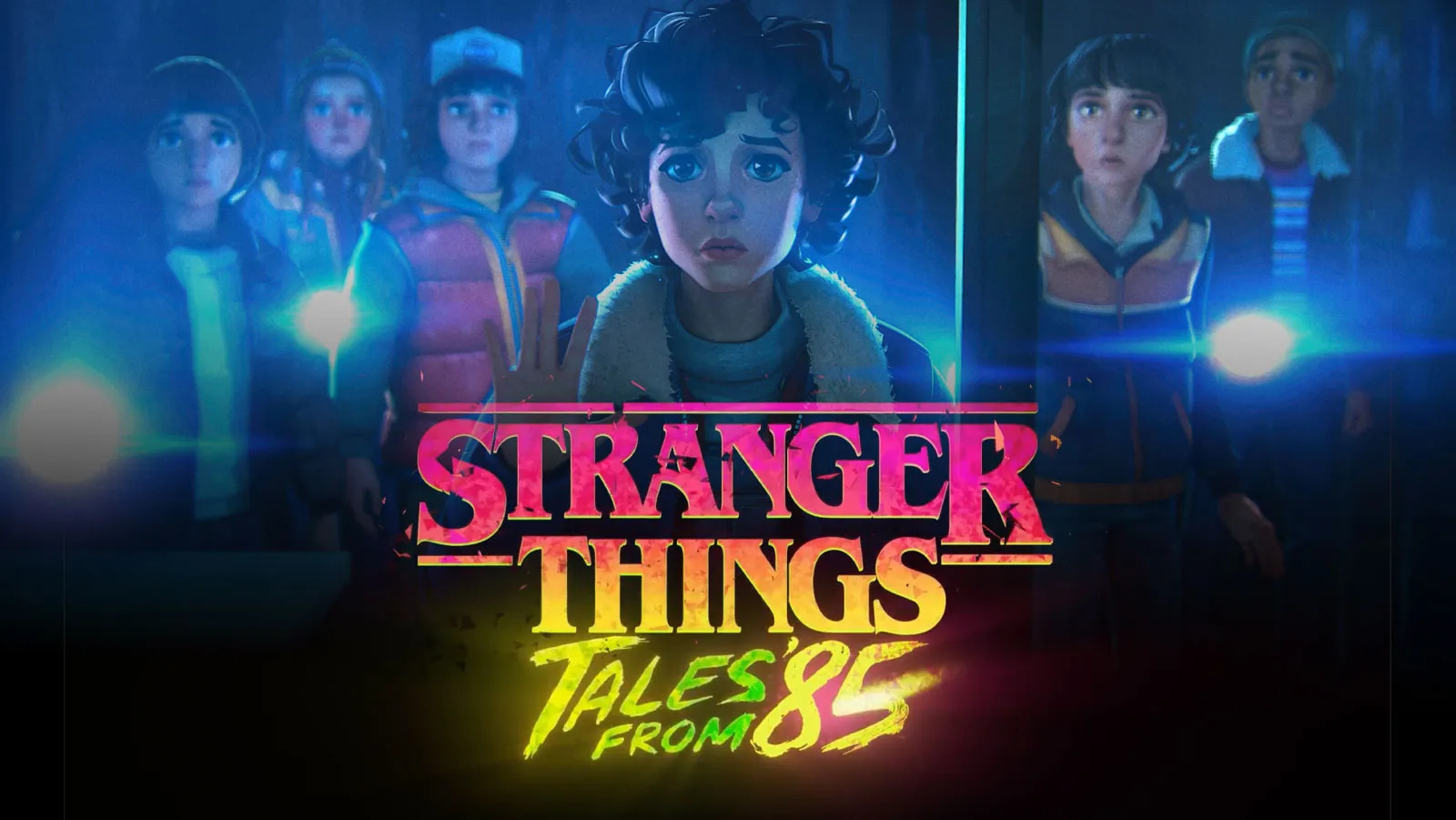The North Face tries to "hack" Wikipedia, fails spectacularly

"How can a brand be the first on Google without paying anything for it?" asks The North Face's latest campaign. Most people might give answers relating to SEO or social media reach, but the outdoor brand, along with ad agency Leo Burnett Tailor Made, took a different route.
The brand had noticed that when people are about to go on a trip, they usually Google their destination, and that the first image result is usually one from Wikipedia. So far, so normal. But here is where things get shady. The North Face then replaced images of popular destinations in Wikipedia, including Cape Point in South Africa and Pedra do Baú in Brazil, with its own photos, which showed people wearing its clothing.
(Want to add your images to Wikipedia? See our post on the top photo editors.)
In a video (above) released to announce what it had done, The North Face claimed that it had "got to the top of the world's largest search engine, paying absolutely nothing, just by collaborating with Wikipedia".
However, a statement released by Wikipedia states that the The North Face and Leo Burnett Tailor Made "did not collaborate on this stunt, as The North Face falsely claims".
This seems a particularly unwise move from The North Face. If you're going to make up facts, don't invent them about a free encyclopedia that has an army of volunteers whose job it is to check facts.
Yesterday, we were disappointed to learn that @thenorthface and @LeoBurnett unethically manipulated Wikipedia. They have risked your trust in our mission for a short-lived consumer stunt. 1/ https://t.co/aIl5XEkS3zMay 29, 2019
The statement went on to express its disappointment in the brand. "In fact, what they did was akin to defacing public property, which is a surprising direction from The North Face. Their stated mission, “unchanged since 1966,” is to “support the preservation of the outdoors” – a public good held in trust for all of us." Quite.
Daily design news, reviews, how-tos and more, as picked by the editors.
Wikipedia also says it has now removed all of the images, or – in a move that The North Face may or may not be pleased with – cropped out The North Face logo. You can see the removed images on (you guessed it), Wikipedia's own page about the incident.
The North Face has since apologised for the campaign (below), stating that it apologises for "engaging in activity inconsistent" with Wikipedia's mission, and that it will ensure its teams and vendors are "better trained on the site policies". It also says the campaign has now ended. Frankly, it's difficult to see how it could have continued following Wikipedia's response, which also included the killer sentence: "When The North Face exploits the trust you have in Wikipedia to sell you more clothes, you should be angry." (Harsh but fair.)
We believe deeply in @Wikipedia’s mission and apologize for engaging in activity inconsistent with those principles. Effective immediately, we have ended the campaign and moving forward, we’ll commit to ensuring that our teams and vendors are better trained on the site policies.May 30, 2019
We can't imagine what The North Face and Leo Burnett Tailor Made were thinking with this campaign. Of course, The North Face isn't the only marketing stunt that's backfired. NatWest recently came under fire for its campaign that apologises for patronising women, by patronising women. And IHOP has annoyed its customers by teasing about an upcoming rebrand. We could go on.
Like many brands before it, The North Face has certainly made it to the top of many Google searches with its latest campaign, but not for the reasons it hoped.
Read more:

Rosie Hilder is Creative Bloq's Deputy Editor. After beginning her career in journalism in Argentina – where she worked as Deputy Editor of Time Out Buenos Aires – she moved back to the UK and joined Future Plc in 2016. Since then, she's worked as Operations Editor on magazines including Computer Arts, 3D World and Paint & Draw and Mac|Life. In 2018, she joined Creative Bloq, where she now assists with the daily management of the site, including growing the site's reach, getting involved in events, such as judging the Brand Impact Awards, and helping make sure our content serves the reader as best it can.
